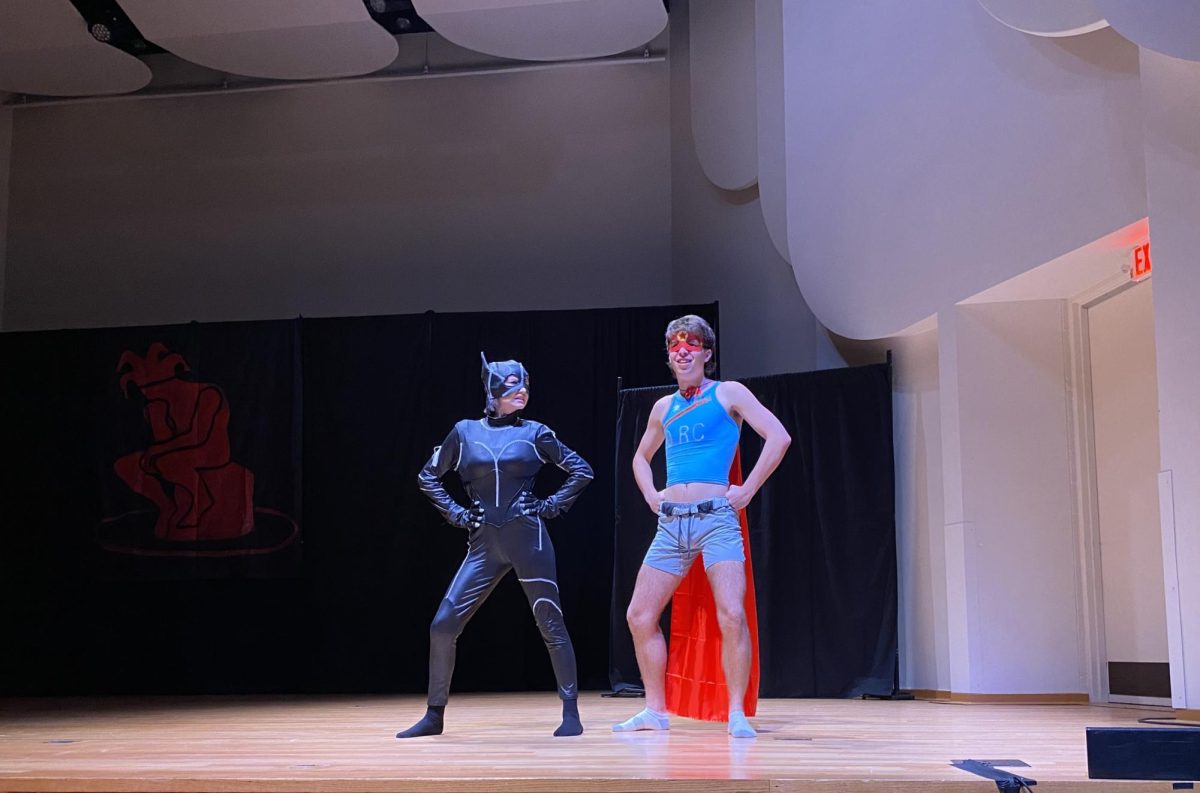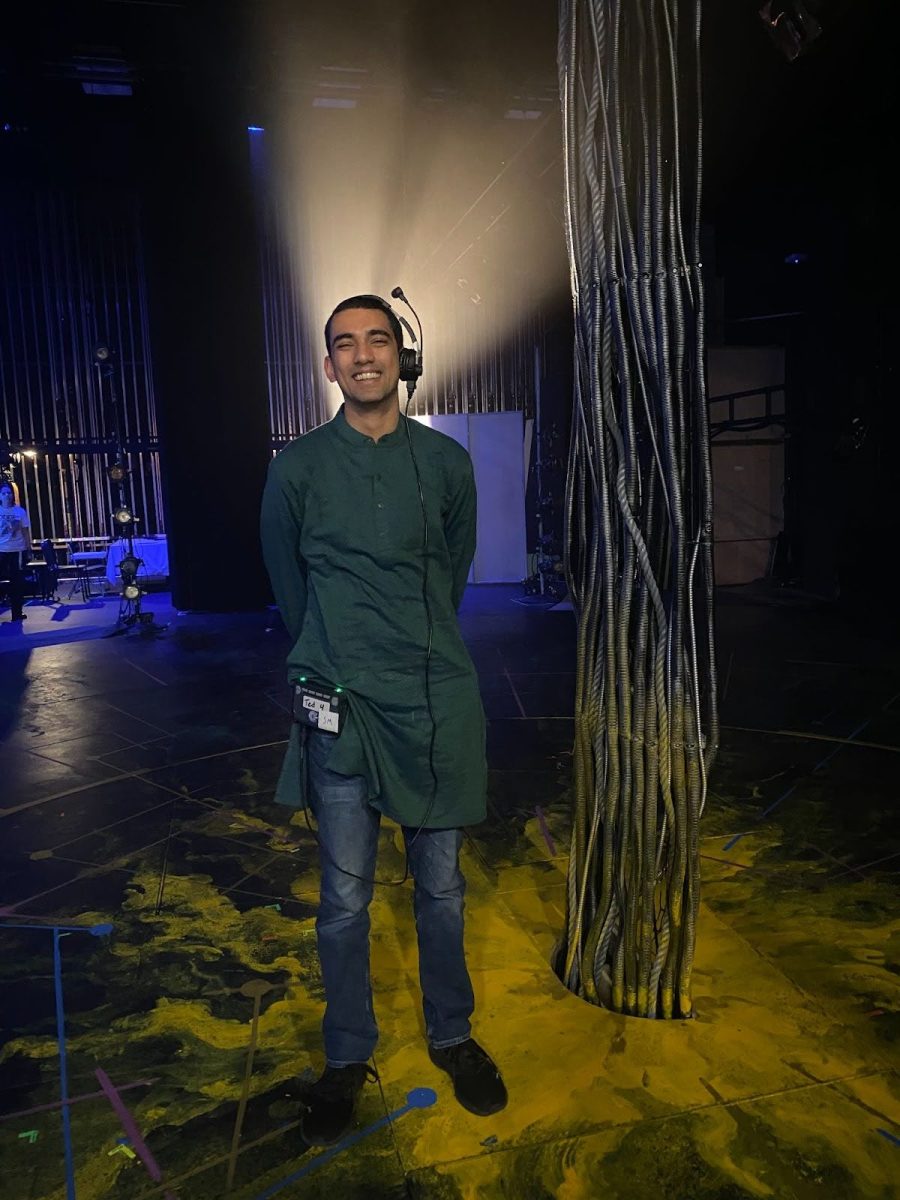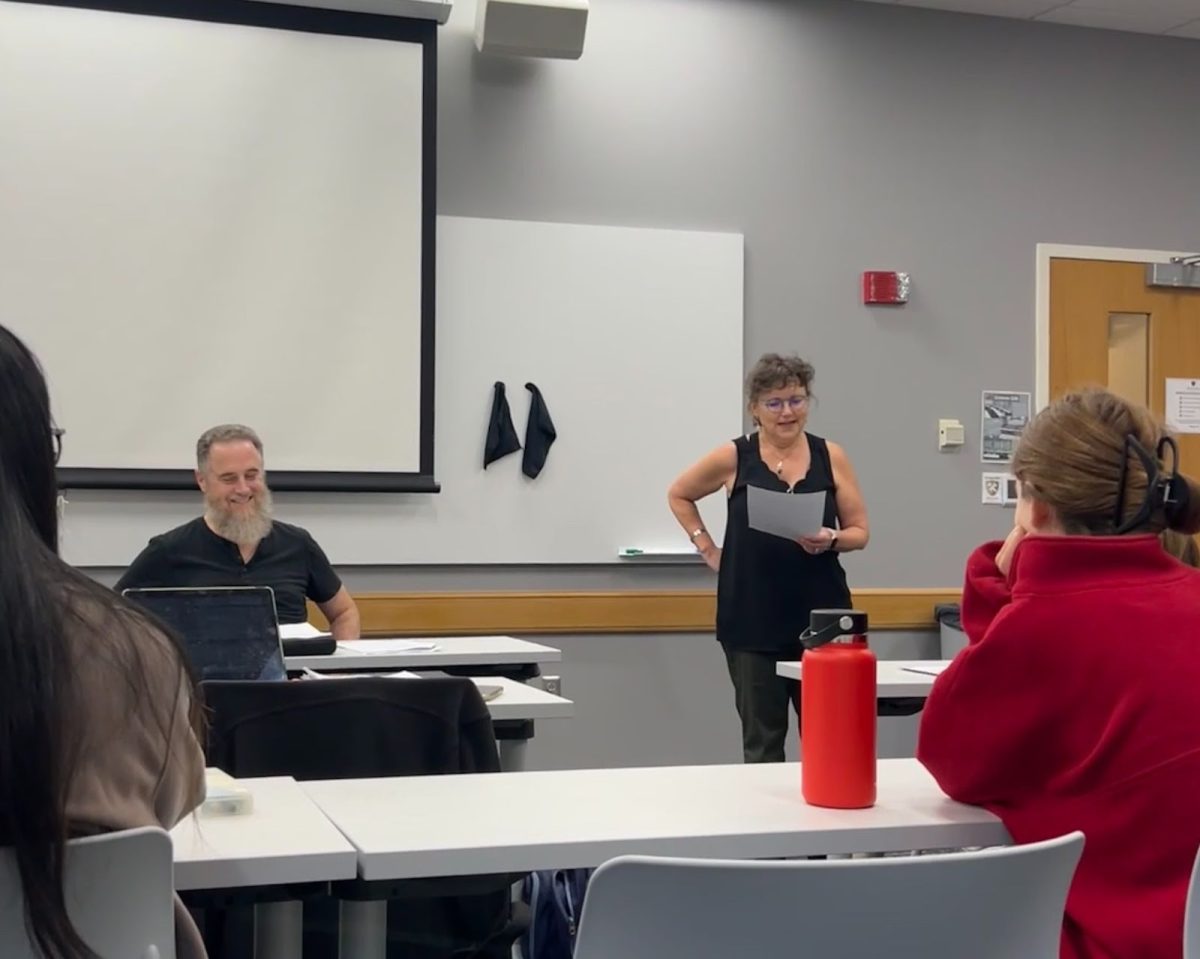For most of its history, North Carolina’s development has been shaped by a significant yet controversial crop: tobacco. The “golden leaf” has built cities, funded universities — including Wake Forest — and sustained generations of families, while also fueling a global industry tied to addiction and disease.
This complex legacy lies at the heart of “Fields of Fortune: North Carolina’s Legacy in Leaf and Labor,” a new exhibit at Z. Smith Reynolds Library, which is open through December 2025.
Curated by Daisha Bunn, Craig Fansler, Erin Kye and Tanya Zanish-Belcher, the exhibit displays rare books, archival photos, newspapers, advertisements and contemporary artwork that explore the tobacco industry’s legacy in North Carolina. It highlights the industry’s contributions and the personal stories of those who worked the fields — many of whom have ties to Wake Forest.
According to Tanya Zanish-Belcher, director of Special Collections & Archives at ZSR, this exhibit has been years in the making. Originally planned for 2020, the pandemic delayed the exhibition, allowing Zanish-Belcher more time to refine the artifacts and themes.
“It’s been a long time coming, and it’s so rewarding to see it come to life,” Zanish-Belcher said. “It’s much more beautiful than I envisioned.”
One of the exhibit’s inspirations came from a book belonging to Wake Forest’s archives, written in 1590. It features the earliest known illustrations of Native Americans growing and using tobacco. A surprising find in the collection included 18th-century poetry warning of tobacco’s health risks, challenging the idea that the danger of smoking is a contemporary discovery.
The project is also personal for Zanish-Belcher — her mother, a lifelong smoker, died from lung cancer. This connection influenced her perspective and approach to curation, balancing tobacco’s economic and cultural importance with its harmful health effects.
“It’s interesting when you research tobacco because there’s this negative health aspect of it,” she said. “But at the same time, a lot of positive things came from it — education and economic development. So you have to see both sides.”
While cigarette smoking has been in rapid decline since the peak of tobacco manufacturing, the nicotine epidemic is ever-present in the United States. The rise of vaping, flavored e-cigarettes, and smokeless tobacco has created a new public health challenge, especially among young people. “Fields of Fortune” serves as a pretext for these health concerns, not just in North Carolina, but on a grand scale.
Another unique contribution to “Fields of Fortune” comes from Erin Kye, Wake Forest’s lead art handler and a freelance photographer. Initially joining the project to help install the exhibit’s artifacts, she later contributed her photography, drawing from her family’s deep roots in tobacco farming in Tobaccoville, a town just north of Winston-Salem.
One of the most striking photographs in the exhibit, taken by her grandmother, shows her father as a toddler pretending to smoke a cigarette — a reminder of how normalized tobacco once was. Kye’s father and his siblings worked the fields as children, handling nicotine-coated leaves without gloves — which often made them ill, as touching tobacco leaves can lead to nicotine poisoning.
For Kye, revisiting these photographs deepened her connection to her family’s roots. She described how tobacco harvesting was a community effort, with families gathering at barns overnight for curing sessions, turning work into a social event with music and food.
“Sometimes I wish I could have been part of it,” she admitted. “The work was brutal, but it brought people together.”
Her family harvested tobacco until the mid-1990s, when corporations such as R.J. Reynolds, the largest tobacco company in the U.S., took over small businesses in the area. She sought to photograph one of the few active tobacco farms in the Triad, documenting its harvesting process for the exhibit.
For many Wake Forest students, tobacco is a glanced-over piece of American history, but ZSR’s “Fields of Fortune” broadens that perspective.
“The Kye family photography added a personal touch,” said junior George Nesbitt, one of the exhibit’s first visitors. “It made it feel more real.”
Wake Forest’s history is deeply intertwined with tobacco. The Reynolds family, owners of the now-billion-dollar tobacco company and the land where our campus stands today, played a pivotal role in relocating Wake Forest to Winston-Salem in 1956. Today, the Innovation Quarter — home to Wake Forest’s medical school — once housed Reynolds cigarette-making factories and tobacco warehouses, an ironic contrast between tobacco’s past and present.
“It’s strange to think about how connected Wake Forest and tobacco really are,” Nesbitt said. “This exhibit has shown the other side of the industry that we don’t normally see.”
As “Fields of Fortune” runs through the end of 2025, the curators invite visitors to engage in new conversations about North Carolina’s past and future.
Zanish-Belcher hopes students walk away with a deeper understanding of this complicated legacy.
“Tobacco brought prosperity, but at a cost,” Zanish-Belcher said. “That’s what makes it such an important story to tell.”
















